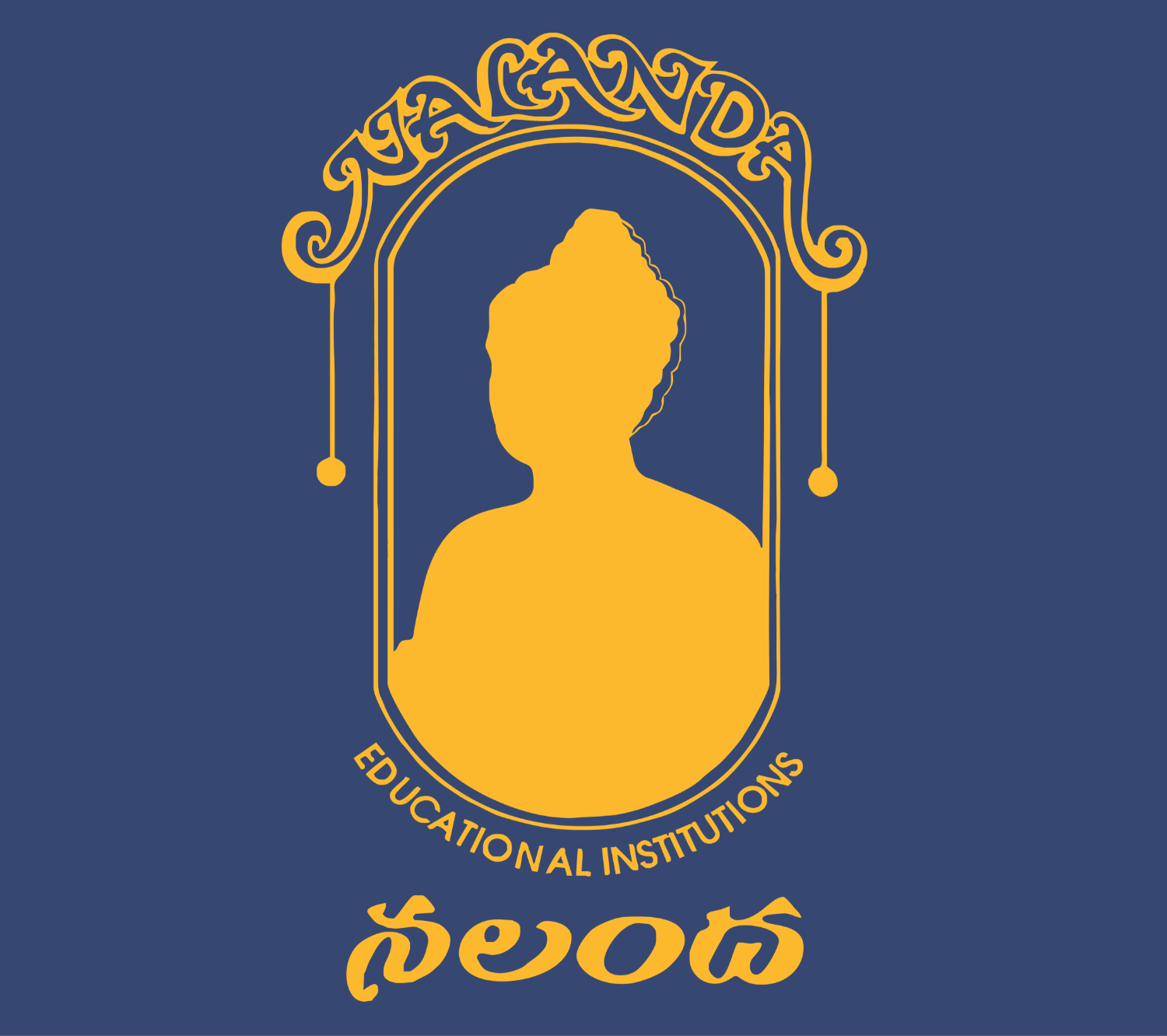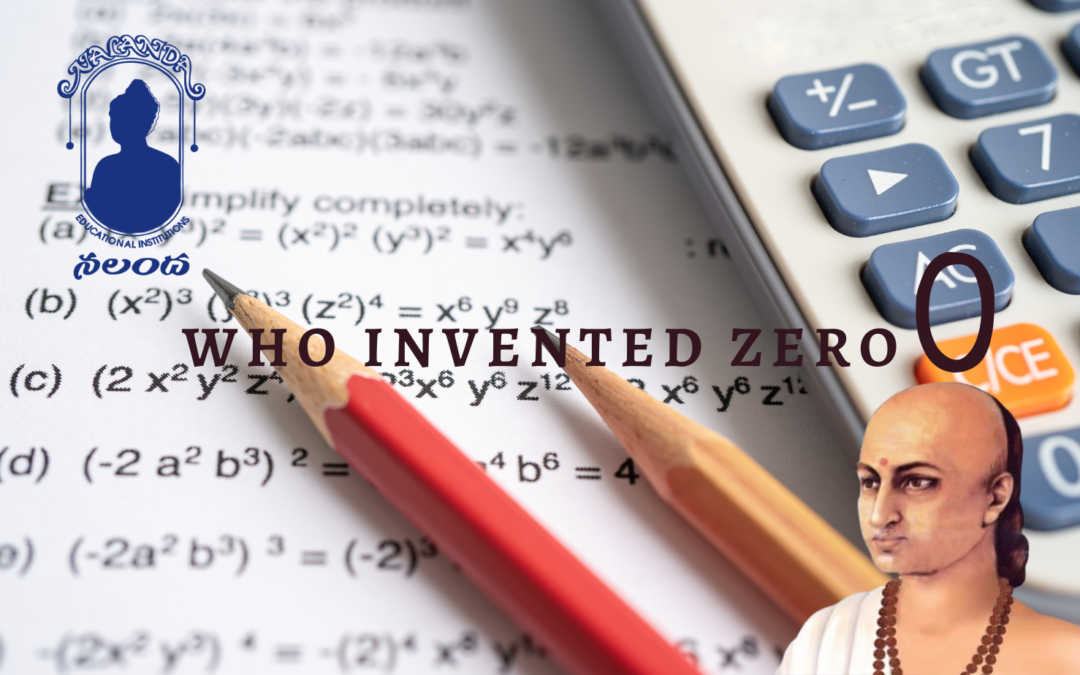Indians are known for their brilliant minds and extraordinary inventions. Not to mention our ancestors from centuries ago have kept on learning, teaching and gaining knowledge about various dimensions of science and technology. One of the greatest inventions of all time is the one where we find out who invented zero.
Now that we established the base of India’s inventions let us focus on a holistic approach to the history of this phenomenal invention. Before the invention of 0 as a real number it was used as a placeholder number. Now the question is what exactly is a placeholder number? A placeholder number is nothing but a “dot” that is used to determine or differentiate the place of individual digits during calculations.
This methodology was generated by Many civilizations around the world who discovered zero independently, including the Egyptians and the Sumerians. The later civilizations, like the Babylonians, followed the Sumerians and the Chinese, determining the number values by the “dot” also known as the “zero”. However the reveal of who invented zero is yet to be determined.
Starting from the 5th century when the astronomer and mathematician of his time, Aryabhata, the discoverer of zero, or “shunya” as a real number, a number with magical value and yet no value at the same time. This invention was a definite amusement in the field of mathematics and science. Brahmagupta, one of the well known scholars of his time went on to elaborate as a discoverer of zero describing the rules for zero in the 7th century. The oldest manuscript of India known as the ‘Bakshali manuscript’, zero was used as a dot in the book.
Who is Arayabhatta:
Aryabhata, the inventor of 0 was also well known as a renouned mathematician and astronomer. Aryabhatiya covered a wide range of discoveries/inventions such as extracting square roots, solving quadratic equations, and predicting eclipses. Aryabhata’s book Aryabhatiya was one of the high points of the “classical” period of Indian mathematicians. The translation of “Aryabhatiya” into Arabic by the end of the 8th century exercised a great influence on the development of mathematical astronomy in the Islamic world.
EVOLUTION OF 0 POST INVENTION:
The translations of Al-works Khowarizmi’s reached England at the time of the Moorish invasion of Spain in the middle of the twelfth century. The number was further improved by the Italian mathematician Fibonacci, who used it to solve equations without an abacus. Zero had become universally accepted throughout Europe by the 1600s.
It was crucial to the development of both the calculus that Sir Isaac Newton and Gottfried Wilhelm Leibniz independently created and Rene Descartes’ Cartesian coordinate system. Calculus later provided the way for the study of physics, engineering, computers, and the majority of contemporary financial and economic ideas. The simple finding of zero would subsequently alter the course of civilizational development. We find it much simpler to conceive commerce and business with modern finance.
INVENTION OF 0 AS A BOON TODAY:
Today technology has been fundamentally in function due to the coherence of the mindspace of aryabhatta invented zero. The binary system that the entire digital world operates on is due to the invention of 0. We have most often than not forgotten the importance of such minute inventions that have given us an insight into the virtual arena that even the ones who invented 0 would have never pictured.
Computers and all other technology associated with them are also a result of the discovery of zero. But despite all the benefits we’ve received since the discovery of zero, kids still don’t seem to find it particularly appealing. Aryabhata invented zero, and schools these days need to focus on developing students that go on to make inventions that will help create the future. Nalanda school, the best school in Hyderabad focuses on building world leaders and providing quality education for students.


Recent Comments